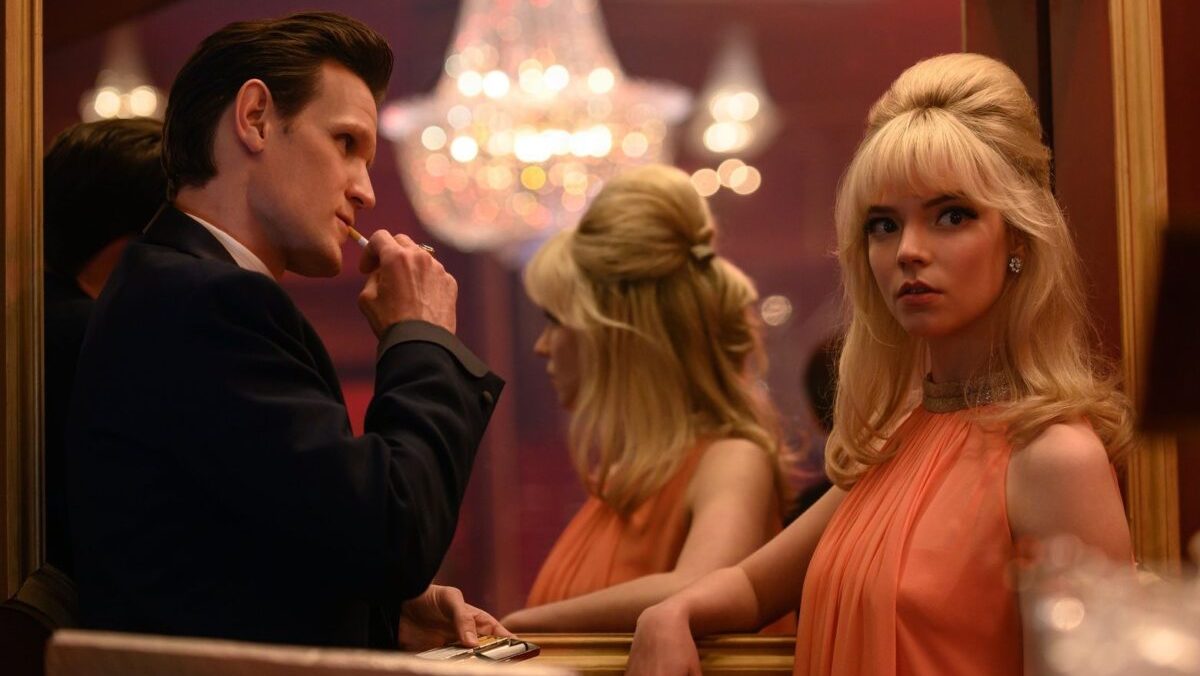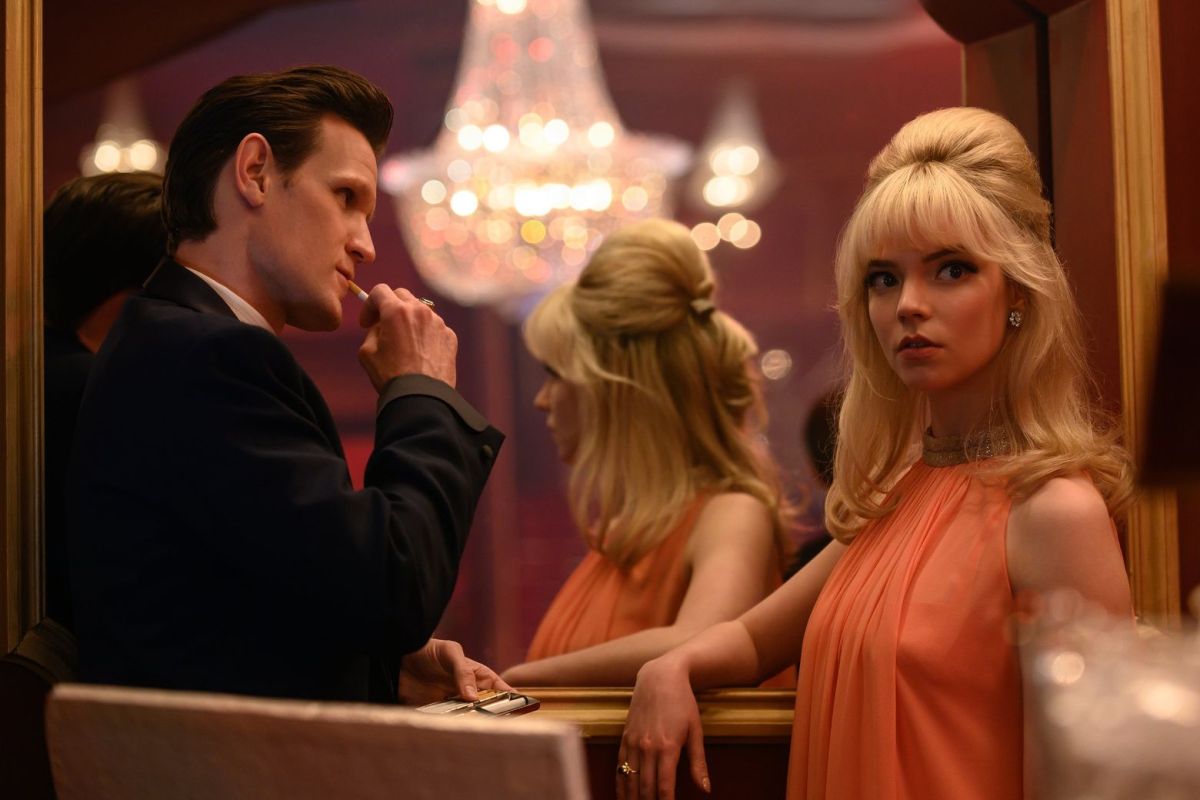Review: Ghosts and Nostalgia Haunt Edgar Wright’s Stylish Last Night in Soho
5/5 neon lights.


Being a woman in the world is akin to living life at the razor’s edge of a horror movie. It’s in every rideshare driver who clocks your home address, every aggressive drunk who follows you out of a bar, and every lecherous man with an ounce of power over you. We’re well aware of the dangers of our own existence, thanks to the proliferation of true crime content, the grim news cycle, and our own lived experience. It’s why we walk through parking lots with our keys clutched between our fingers like claws. It’s why women travel in packs. The world is full of predators.
Edgar Wright’s psychological horror thriller Last Night in Soho delves into these fears via his heroine Eloise (Thomasin McKenzie), a quiet country mouse of a girl from Cornwall who moves to London for design school. Eloise is shy and more at home in the fantasy of 1960s swinging London. From the music to the fashion to the glamour, she feels more at ease in the past than she does with her pretentious fellow students. Eloise also has a connection to the ethereal, as she often sees her mother, who died by suicide, in her reflection.
Eager to escape her cruel roommate Jocasta (Synnøve Karlsen), Eloise rents an attic room from the kindly Ms. Collins (’60s icon Diana Rigg, in her final role). The room’s décor hasn’t changed since the ’60s, and when Eloise nods off, her dreams transport her to that era. There, she follows the adventures of Sandie (Anya Taylor-Joy), an aspiring singer. Sandie is everything Eloise is not: confident, glamorous, assertive, and able to captivate a room full of admirers. Chief among them is the seductive and wolfish manager Jack (Matt Smith), who promises to make her dreams come true.
The dream world of 1960s London is stunningly rendered with gorgeous cinematography, and Anya Taylor-Joy seems genetically engineered to play an ingenue of the era. Eloise is inspired by Sandie, both in her school work and in her personal style. She grows more self-assured as she emulates the woman in her dreams. But quickly, the lines start to blur between reality and fantasy, as Eloise watches Sandie fall prey to the relentless misogyny of her time period.
Was Sandie murdered? Is her ghost haunting Eloise? Or is Eloise having a psychotic break? Wright’s film delves into female paranoia, evoking films like Darren Aronofsky’s Black Swan. He also pays more than a little homage to the hallucinatory visual splendor of the Italian giallo films of the ’60s and ’70s.
But along with the ghosts and specters, Eloise is haunted by the fantasy of a simpler, more glamorous era. Wright reminds us that while we may look back on the past through rose-colored glasses, we often forget the dangerous and damaging beliefs and behaviors of those times. The seductive glow of neon lights often covers society’s worst, most violent impulses.
To say any more of the plot would be to spoil the dizzying mystery. And while the plot has some stumbles in the third act, you’re too busy enjoying Wright’s sumptuous visuals and killer needle drops to care. Last Night in Soho is a visual delight, moody and richly atmospheric. It’s a love letter to the fantasy of 1960s London that never shies away from the violent reality. It’s the kind of film that haunts you, in all the best ways.
(image: Parisa Taghizadeh / Focus Features)
Want more stories like this? Become a subscriber and support the site!
—The Mary Sue has a strict comment policy that forbids, but is not limited to, personal insults toward anyone, hate speech, and trolling.—
Have a tip we should know? [email protected]
